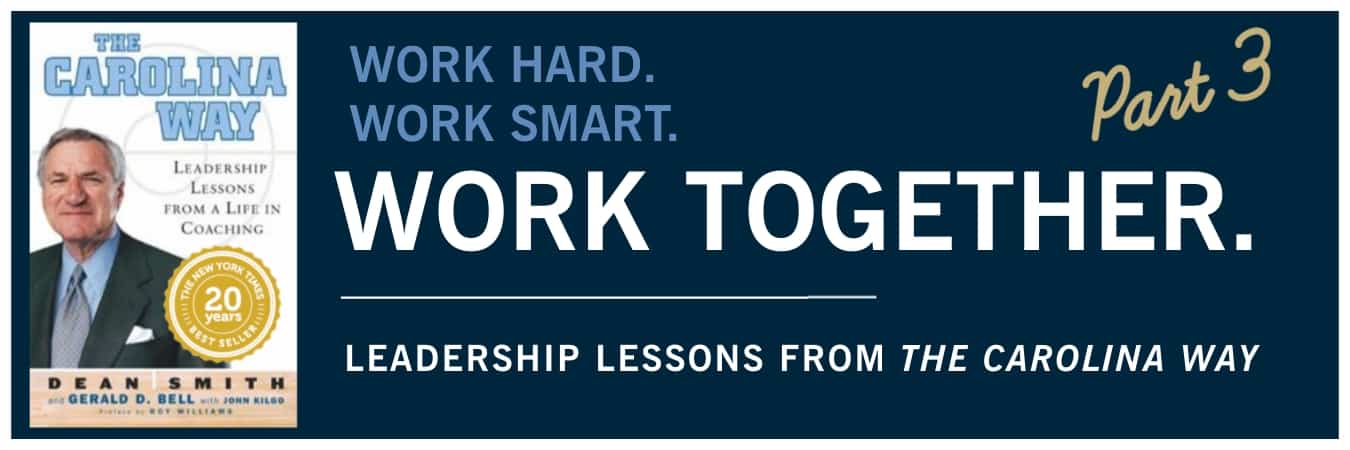Working Together: Building a “Point to the Passer” Culture
Perhaps the best known of Coach Smith’s teambuilding practices was his directive to “point to the passer.” In his early years as a head coach, he wanted a means of showing appreciation for an unselfish act that helped the team. And he wanted that appreciation to be visible – to the players, to the fans, to the media. Thus, the tradition of having players who make a basket turn and point to the teammate who passed them the ball began. He insisted on it in practice and in games. It became a contagious phenomenon that is a vital part of Carolina basketball culture and used by many other teams to this day.
In our individualistic society, emphasis is placed on individual achievement and winning, sometimes at any cost. This focus on individual success can pull talented individuals away from better collaborative efforts. Individuals should strive for personal excellence, and in that striving we can also recognize that we achieve the greatest things by working with others. As Dr. Bell stated, “There is real strength derived from depending on others.” Learning to recognize and lean into our interdependence results in higher performance.
Leaders have the power and responsibility to facilitate healthy teamwork by focusing on three key elements.
1 – Hire team players. When it came to recruiting players at Carolina, Coach Dean Smith looked specifically for individuals who thrived in a team environment as opposed to only recruiting players with the highest scoring averages. Athletes with a record of great personal achievement may have learned to play more selfishly. When thinking about candidates for your organization, the same thought process should apply. Rather than seeking out people with large numbers of personal accomplishments, screen applicants for those who made the greatest contributions to their organizations through excellent teamwork and cross-functional collaboration. Think about individuals, not just as how they stand alone, but by how they complete the picture of your business. As with a missing puzzle piece, the fit must be precise or the whole thing falls apart.
2 – Genuinely care. Coach Smith had a rule from day one of his head coaching tenure. If one of his players needed him, it took priority over everything else. He held one-on-one meetings with each player and the first topic of discussion was their academic progress and personal goals. He kept up with his players after graduation and took an interest in their careers and families. The team knew that Coach Smith cared deeply about them as people, not just basketball players. And he instituted team rituals that encouraged players to care about each other. Whenever a player came off the court, the entire bench, including coaches, stood to greet them with applause. The greeting allowed the player leaving the game to feel appreciated.
The world of business does not differ. Employees know and understand when their leader genuinely cares for them as an individual. While some leaders more naturally demonstrate care for their people, it’s important not to fake it. Start where you are. Show curiosity in your team members, their interests and personal goals to develop deeper relationships over time. Assess how your team members feel about each other and the ways they express care and appreciation for their colleagues. Think about what rituals you might introduce to encourage that appreciation and care to become more visible and consistent.
3 – Reward unselfish contributions. Rather than tracking “traditional” player statistics during games, Coach Smith asked his coaches to spend hours looking at game footage grading each player on each possession and scoring them on the unselfish efforts they contributed. These statistics constituted the Coaches’ Honor Roll, and it sent the clear and consistent message of what the team and the coaches valued. The reward for unselfish play was more playing time.
In business, unselfishness can feel a little less easy to define. Certainly, an employee’s desire to achieve personal success isn’t unwarranted and being a great individual performer and a great team member are not mutually exclusive. However, to enhance teamwork, leaders can seek to reward people for putting the team first, seeking to fulfill their individual goals through greater contributions to the team. Rather than making an example of one individual’s exceptional performance, acknowledge and reward all the colleagues involved in a great team effort. Such acknowledgment will encourage team members to continue to work together and can inspire teamwork behaviors in others in your organization.
Leaders have the power and responsibility of building a culture of people who love working together in their teams. Hiring team players, modeling genuine care, and rewarding unselfish behaviors are the ingredients to a true “point to the passer” culture, where every member of the team feels valued and commits to giving their best. It is the final key to getting your teams to work hard, work smart, and work together.
Coach Smith and Dr. Bell both knew that an effective team could collectively accomplish so much more than the sum of the contributions from its individuals. That is as true today as it was twenty years ago.

